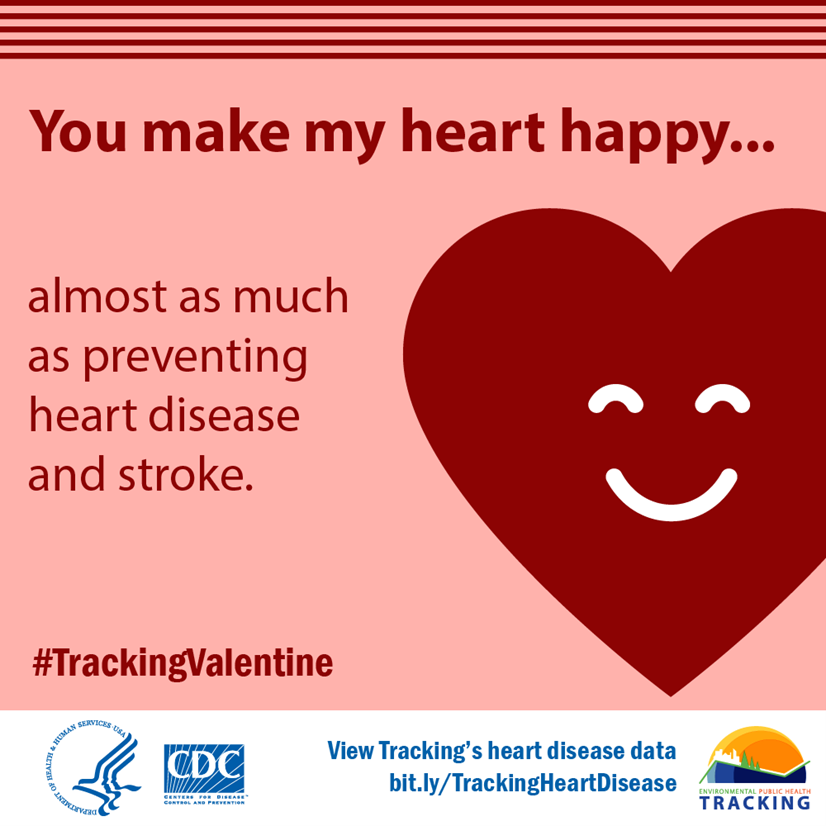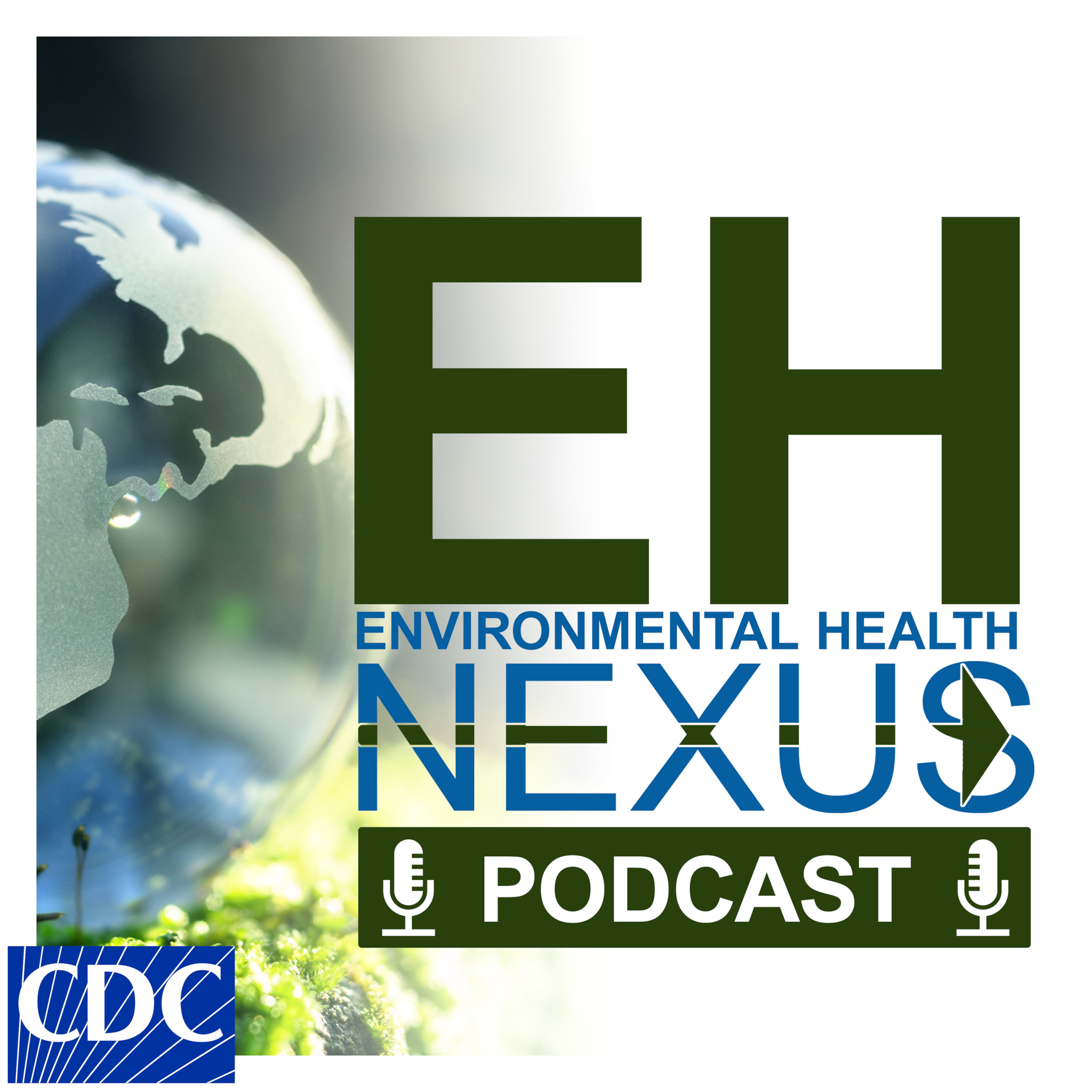CDC Environmental Health Nexus Newsletter
Healthy Environment, Healthy You
February 2023 | Volume 16

CDC’s Environmental Health Nexus (EH Nexus) shares environmental health messages with the public and gives special attention to environmental justice.
EH Nexus newsletters provide information about environmental health issues and promotes actions to help save lives. The newsletters explain how to reduce harm from many threats, such as climate change, contaminated food and water, toxic environments, and inadequate systems and practices.
This issue covers the following topics:
If the newsletter was emailed directly to you, we thank you for joining our subscription distribution list. If you are not a subscriber, please click here, enter your email address, and click the subscribe button.
Prepare Your Home and Vehicle for Winter Weather
During extremely cold weather or winter storms, staying warm and safe can be a challenge. Winter storms can bring power failures, loss of communication services, and icy roads. To keep yourself and your loved ones safe, you should know how to prepare your home and your car before a winter storm hits.
Visit the CDC Winter Weather website for more details on how to prepare for winter weather.

Be Ready! Winter Weather Infographic - Check out more tips on winter weather indoor safety. | Weatherproof your home to protect against the cold. | Insulate walls and attic. | Caulk and weather-strip doors and windows. | Never leave lit candles or other flames unattended. | Bring your pets indoors as temperatures drop! | Install a smoke detector and carbon monoxide detector in your home. | Make sure the batteries are working! | Dress warmly and limit exposure to the cold to prevent frostbite. | Check antifreeze level and have radiator system serviced. | If power lines fall on your car, warn people not to touch the car or power lines. | Keep gas tank full to avoid ice in tank and fuel lines. | Avoid getting wet to prevent hypothermia. | Replace worn tires and check tire air pressure. | If power lines are down, call your local utility and emergency services. | Make sure your car is ready for winter travel. | Prepare yourself for exposure to winter weather. | Make a winter emergency kit to keep in your car. | Have your chimney or flue inspected every year
Tracking Valentines
What better way to tell someone you love them than by sharing a heartfelt Valentine’s Day greeting paired with important public health messaging? CDC’s Tracking program has lovingly created Valentine-themed social media images and messaging highlighting environment and health topics available on the Tracking Network’s Data Explorer Tool.
Updated Terminology
Lead Poisoning Prevention and Surveillance (LPPS) published a new fact sheet: “CDC’s Recommended Terminology When Discussing Children’s Blood Lead Levels.” [PDF – 343 KB] Because no safe level of lead in children’s blood has been identified, CDC does not use the term “elevated blood lead levels” (BLL) when recommending what actions to take based on a child’s BLL.. CDC encourages healthcare providers, public health professionals, and others to follow CDC’s recommended actions based on BLL when initiating follow-up actions and case management for children with lead in their blood.
Racial Disparities and Legionnaire’s Disease
Learn about drivers of health disparities and explore what they mean for future research and practice.
New Publication in Microplastics journal
This new resource can assist future research on human exposures to microplastics. Learn how the authors
- categorized and organized microplastics literature,
- summarized the state of the literature, and
- identified current data gaps and knowledge needed to better understand human exposures to and potential health effects of microplastics.
Timely and Practical Tools and Resources for Environmental Health Professionals
Explore free resources for environmental health practitioners and programs serving states, tribes, localities, and territories. Topics include food safety, safe water, environmental health practice, and more.
Thank you for reading. Do not keep this great resource to yourself! Please share it with your colleagues and networks.
If you are not yet a subscriber, please click here, enter your email address, and click the subscribe button at the bottom of the webpage.

